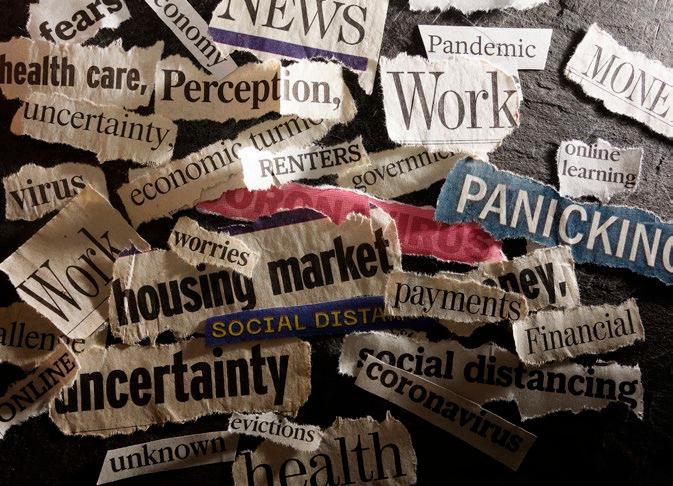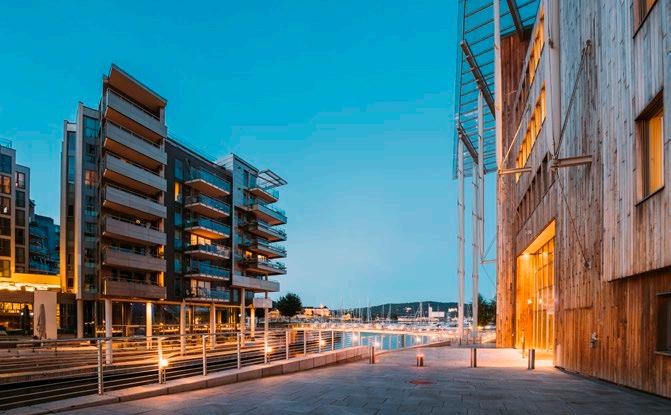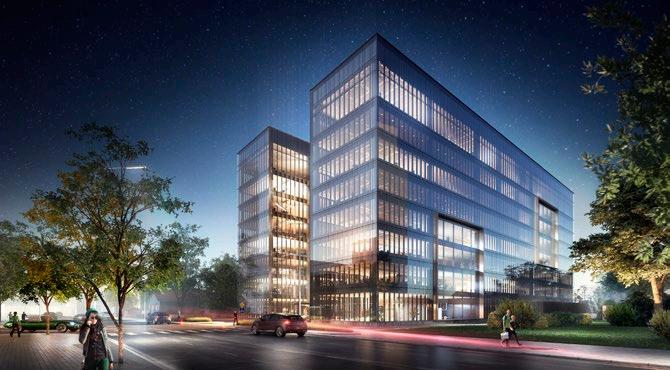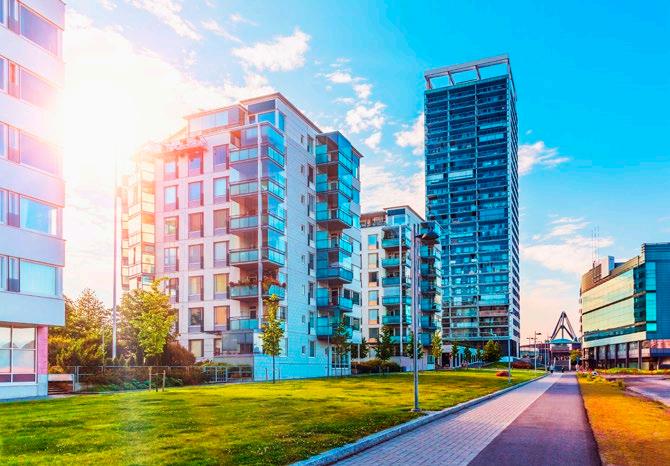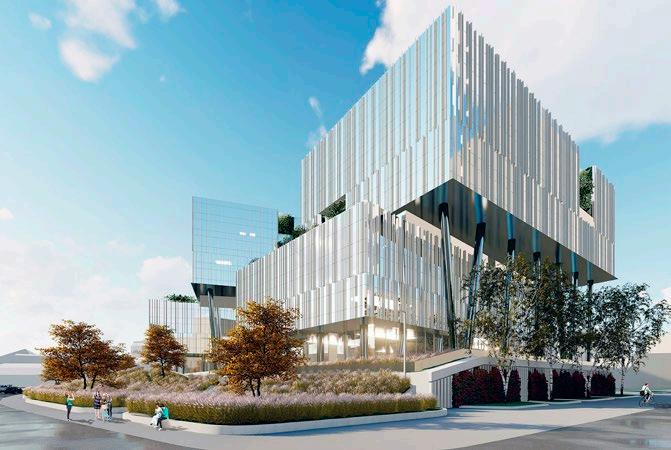
4 minute read
The Danish Property Market
THE DANISH PROPERTY MARKET CONTINUED STABILITY FOR DANISH PROPERTY
The Danish macroeconomy has suffered in 2020 as a result of the covid-19 virus, though not as much as many other countries. Denmark was among the first European countries to institute a lockdown, which included closing of schools and working from home. After roughly one month of lockdown, measures begun to ease, which has led to Denmark having relatively limited covid-19 restrictions today, compared to many other European countries. The unemployment rate has risen around two percentage points, to around 7%, which is a relatively limited increase in global terms, and GDP is expected to drop by just under 4% in 2020, one of the lowest decreases in Europe. As such, the Danish economy has proven to be highly resilient to the macroeconomic impacts of the virus.
The Danish property market experienced a somewhat slow start to 2020, but quickly saw market activity pick up, which can also be deduced from the transaction volume. The transaction volume in the first half of 2020 was DKK 20.8 billion, which is only a little lower than 2019. This is primarily a product of Q2 2020, which was a little slower than last year. The virus did not have any effects on Q1, with a number of very large deals being completed, including Galleri K, which was sold for DKK 1.5 billion. The real estate market is expected to experience a strong rebound in Q3 and Q4, with a total annual transaction volume of approximately DKK 50–60 billion this year, in line with last year.
Contact: Morten Jensen morten.jensen@newsec.dk Daniel Nielsen daniel.nielsen@newsec.dk
Photo: Shutterstock
Interesting trends on the Danish property market in 2020:
PUBLIC PROPERTIES – RISING STAR?
Public properties have traditionally been a very small market in Denmark, with few transactions being observed. However, ever since SBB entered the market, an increasing amount of public property transactions have been carried out. Purchases of portfolios as well as individual properties have been completed, with prices ranging from a few million DKK to hundreds of millions. Further, given that the elderly burden is growing rapidly, many developers have been taking initiative and beginning to construct elderly care home facilities, mainly in Copenhagen. The company Scandinavian Property Development has been particularly active in this regard. Over the next couple of years, Newsec expects to see several transactions concerning public properties all over Denmark, and a general increase in activity within the segment is also to be expected.
INTEREST IN LOGISTICS PICKS UP
Over the last couple of years, a huge increase in interest for logistics facilities has been observed, with several multinational investors viewing the Danish logistics market as very attractive. This is largely a result of increasing rental levels. These have been increasing steadily over the last three years, which has also served to explain some of the demand that Newsec observes for the segment. In Copenhagen, rental levels for prime logistics have risen from around DKK 525 per sqm in 2015, to DKK 675 today. Similar increases have been seen in
GDP GROWTH
-3.8% GDP growth expected in 2020
DKK 50–60 BILLION Total investment volume of DKK 50–60 billion expected in 2020
Aarhus, Odense and the Triangle Area. At the same time, yields have also fallen from around 6.75% in 2015, to closer to 5.50% in Copenhagen, with similar falls being noted in Aarhus and the Triangle Area in particular. The strongest jump in interest for logistics properties occurred around 2017.
MOVEMENTS IN THE SEGMENTS
Thus far this year, residential has accounted for the largest share of transaction volume in Denmark, at 32%. In Q2, the segment accounted for 43% of transaction volume. Residential is traditionally the most purchased segment on the Danish transaction market and has maintained its strong foothold on the market in 2020. The second strongest segment on the Danish transaction market continues to be offices, accounting for 24% of total transaction volume in 2020. Meanwhile, interest for logistics also remains strong, with e.g. a major purchase of a portfolio by Blackstone for DKK 1.6 billion occurring during the lockdown, while the aforementioned sale of Galleri K for DKK 1.5 billion shows that interest for retail also remains substantial. In short, all segments in Denmark continue to attract investor interest.
THE NEW HOUSING REGULATION LAW, §5.2.
The amendments to Section 5.2 of the Housing Regulations Act, which have been under negotiation for a long time, have now been agreed upon and came into force on the 1st of July 2020, which entails changes to the rules regarding tenancy in renovated properties. The rules apply directly to the municipalities that have decided to introduce the Housing Regulations Act, and thus affect housing rents in major cities in Denmark. However, substantial debate remains concerning the agreement, which is why it is yet to be seen whether the agreement will remain as it is now or be amended. Regardless, the agreement is expected to have major impacts on the real estate market, making it more difficult to increase rents upon acquisition and renovation of property. The precise impact is difficult to calculate and depends on the desire to invest in the real estate market, but a fall in investment volume of 25–35% for older private rental property is not unrealistic. This is largely because investors will no longer be willing to pay the same high price for properties as before the housing agreement, as the upside potential will be more limited. What effect this will have on the rest of the real estate market, including in relation to commercial leases, remains very uncertain.

